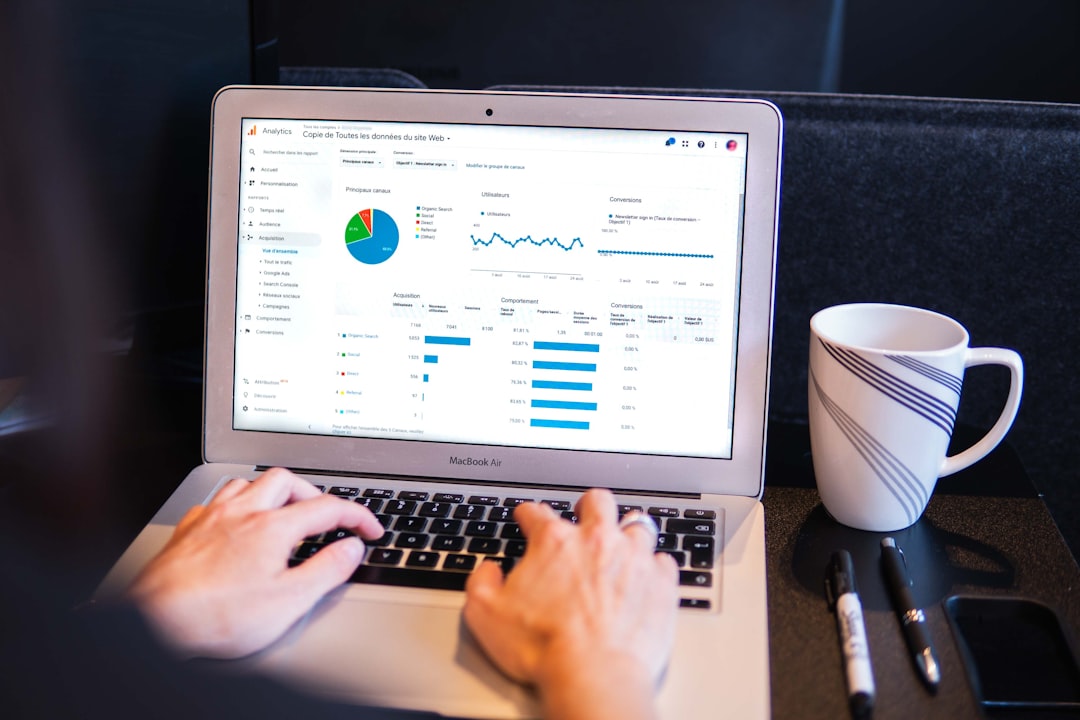
There are a variety of reasons businesses use charts, but some of the most common reasons are to help them visualize data, track progress over time, and make comparisons.
When businesses are able to visualize data, they can better understand what is happening within their company and make better decisions. For example, if a business is looking to increase its sales, it can use a sales chart to track its progress over time through data visualization. They may use a line chart to do so, and this will help them identify any trends and better understand what is and isn’t working. But what about bar charts? What is a stacked bar chart and when is it best used? Learn more about stacked charts on the following page.
Defining Stacked Bar Charts

A stacked bar chart is a graphical representation of data in which each bar is divided into segments, with each segment representing a specific category. The bars are stacked vertically, with the segment for the largest category at the top, and the segments for the smaller categories below. This type of chart is useful for comparing the relative sizes of different categories. It shows both the composition and comparison of a few variables over time.
How to Use a Stacked Bar Chart
A stacked bar chart is a type of graph that displays data as bars, where the bars are divided into segments that represent multiple categories. The segments of each bar can be filled with different colors or shades to indicate the relative proportions of the data. Stacked bar charts are often used to compare different data sets, such as the revenue generated by different products or the number of students in different grades. A stacked bar chart is a great business solution to show how categories of data compare to each other. For example, a company might want to know how its sales in different regions compare. The company could create a stacked bar chart that shows sales in each region, with the total sales at the top. This would allow the company to see which regions are doing the best, and which ones need improvement.
Creating a Stacked Bar Chart

To create a stacked bar chart in Excel, you first need to create a table of data with two columns: the first column should list the categories, and the second column should list the corresponding data values. Next, select the data in the table and click the Insert tab on the ribbon. In the Charts group, click the Column button, and then select the Stacked Bar chart type. Excel will create a graph that displays the data in the table as stacked bars.
You can also create a stacked bar chart by clicking the stacked bar icon in the Charts group on the Insert tab. This will create a default stacked bar chart with the data in the first row of the table. To change the data that is displayed in the chart, you can select a different row or column of data in the table.
To modify the appearance of the chart, you can click the Design tab on the ribbon and change the colors and formatting of the chart elements. For example, you can change the color of the bars, the text, and the grid lines. You can also add a title to the chart and change the font and alignment of the text. Using specific software to create these charts is a great way to do them efficiently.
Understanding the Stacked Bar Chart
A stacked bar chart is a graphical representation of data that allows you to compare values between different categories and show the composition of a few variables over time. Each bar in a stacked bar chart is divided into segments, and the segments are stacked on top of each other to represent the cumulative value of the data. The stacked bar chart is ideal for comparing values between different categories, and it is especially useful for displaying changes over time. The objective is to compare numerical values of a categorical variable.
Businesses can use these charts to show sales volumes or break down sales values at different branches. There are many ways to use these charts.